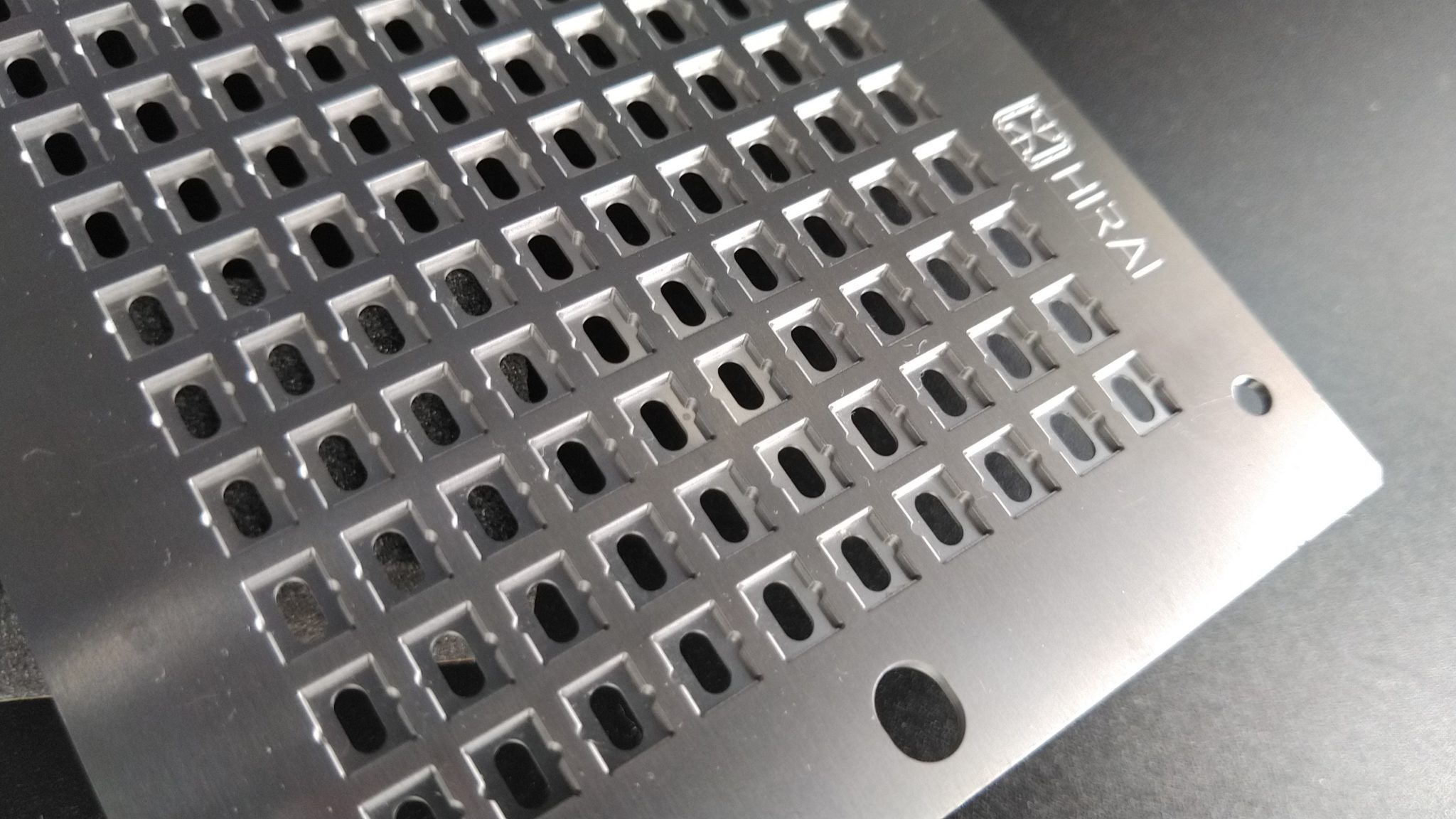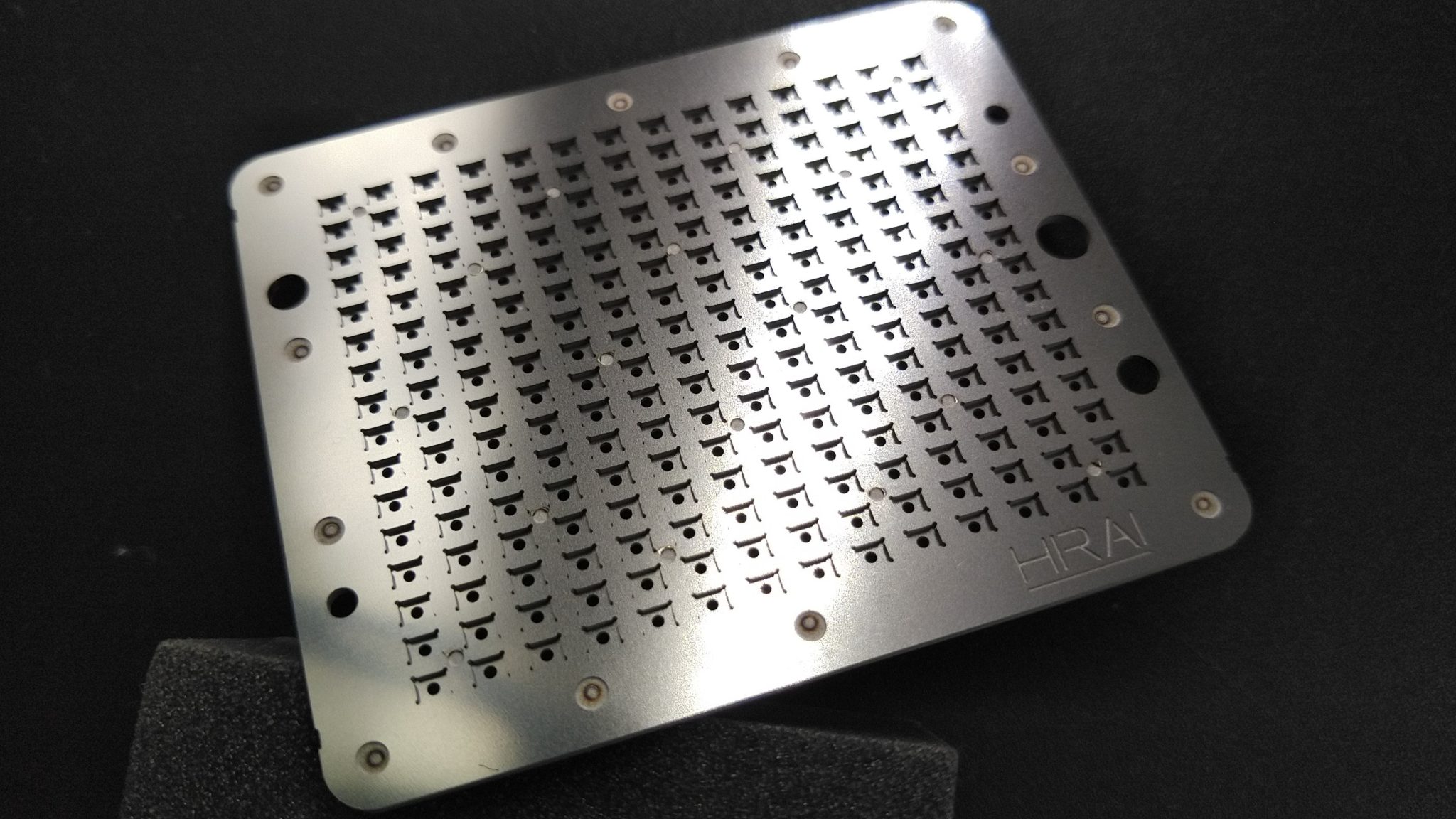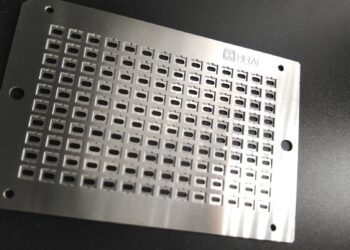Etching + Bonding (Thermocompression bonding, diffusion bonding)
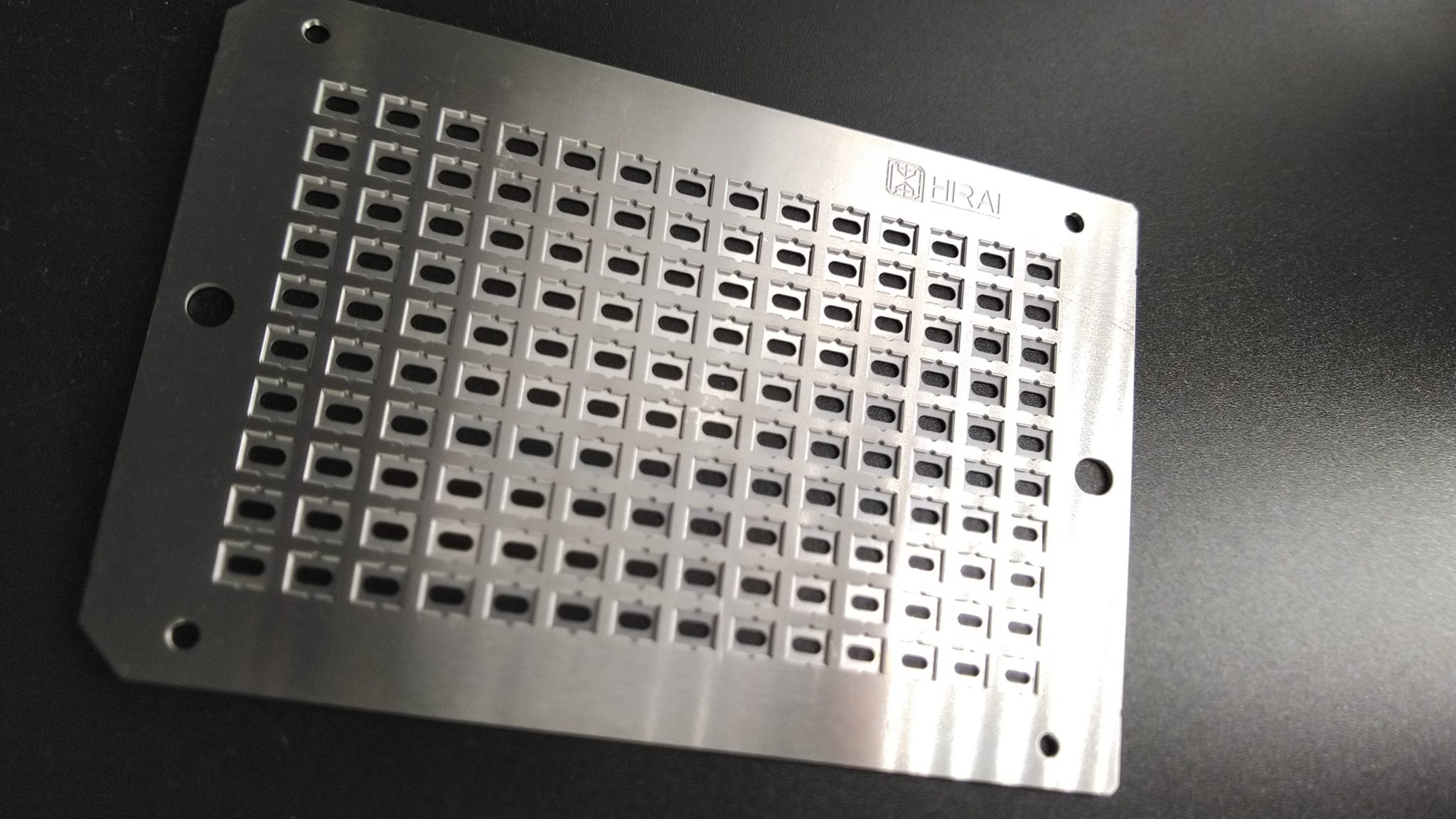
Etching + Bonding (Thermocompression bonding, diffusion bonding)
We have thermocompression and diffusion bonding equipment in-house to take multiple etched metal plates and provide them as a single piece.
[Thermocompression bonding, Diffusion bonding]
Thermocompression bonding and diffusion bonding involve heating two metals of the same material type until below their melting point, and applying pressure to cause plastic deformation, resulting in the joining and bonding of the two surfaces through contact.
This is a processing technology that utilizes the diffusion of atoms at the bonding interface between materials to bond them while still in a solid state.
[Materials that can be applied in our in-house thermocompression bonding and diffusion bonding process]
SUS, Alloy 42, Invar, Titanium.
We do not have experience with copper or aluminum in-house, but if you would like to discuss these materials with us, we will be happy to consider it.
[Application using thermocompression bonding and diffusion bonding]
It is mainly used as a jig in the manufacturing process.
For example, they are used as trays or carriers to hold and carry ceramic capacitors, IC chips, and other relatively small products (approximately 20 mm or less) during processes such as cleaning, deposition, and sputtering.
There is also a case that jig is designed to incorporate a structure that can handle the positioning, transfer, suction, etc. of the target product.
The samples shown have a cavity shape, so the target product can be fit inside the cavity and be fixed in place.
[Advantages of jigs manufactured using thermocompression and diffusion bonding processes]
■We can provide customized jigs to the current equipment of each customer.
We can easily accommodate changes to original designs (weight reduction of the jig itself, for suction purpose, multi-gauge shapes, flow paths by half etching, etc.) regardless of the shape of existing products by using etching.
■Depending on the usage environment, it has excellent heat resistance even at high temperatures and can be used for heat cycles such as reflow.
■By using etching + thermocompression bonding and diffusion bonding, it is possible to finish the product without adding a bottom R(radius).
[Comparison with Machining processing]
In metal processing, machining is often used for making jigs that go through the manufacturing process.
[Quality comparison with machining]
For complex cavity structures that cannot be achieved by machining, we divide the thickness structure, etch each part separately, and then bond them together to realize the shape from your image.
There are cases which machining may be beneficial if the shape is not complex. We can discuss this based on the details of your case.
[Price comparison with machining]
Since machining is done by cutting out each piece one by one, the workload is affected as the number of parts increases.
Therefore, it becomes difficult to lower the price once a certain quantity is exceeded.
In the case of etching + thermocompression bonding or diffusion bonding, it becomes easier to realize price advantage as the quantity increases.
This is a rough comparison, but etching + thermocompression bonding or diffusion bonding will often have more advantages for orders of more than 10 pcs.
Depending on the shape, the total price may be higher for etching + bonding (thermocompression bonding or diffusion bonding) if the quantity is less than 9 pcs.
However, there are some aspects that cannot be generalized, so we would like to propose the appropriate way after hearing from your inquiry.
[Leadtime comparison with machining]
The advantages and disadvantages change depending on the quantity. However, etching + thermocompression bonding or diffusion bonding is more advantageous for leadtime as larger quantity.
[Features of Hirai Seimitsu Kogyo ]
In addition to “etching processing”, we can also combine “laser processing” and “machine processing” to perform bonding processing using thermocompression and diffusion bonding.
All of these processes are performed within Hirai Seimitsu Kogyo.
If you provide us with your image first, we will propose the best processing method based on your image.
For more details, please click on “Etching” below.
↓
Etching process
Specifications Details
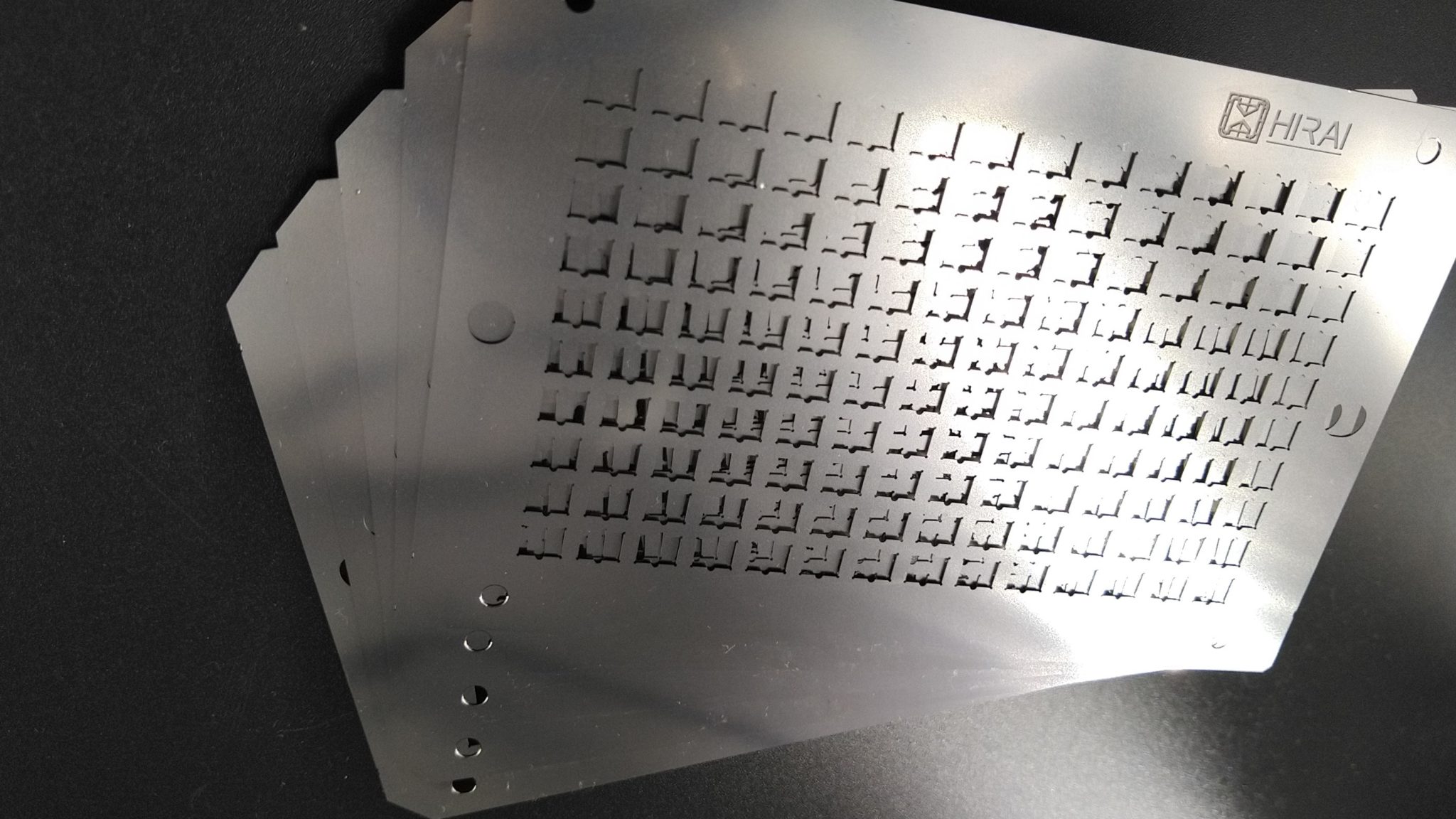
We etch five different shapes using SUS304, 0.2mm thickness. Then we align them and bond the surfaces together using thermocompression or diffusion bonding.

